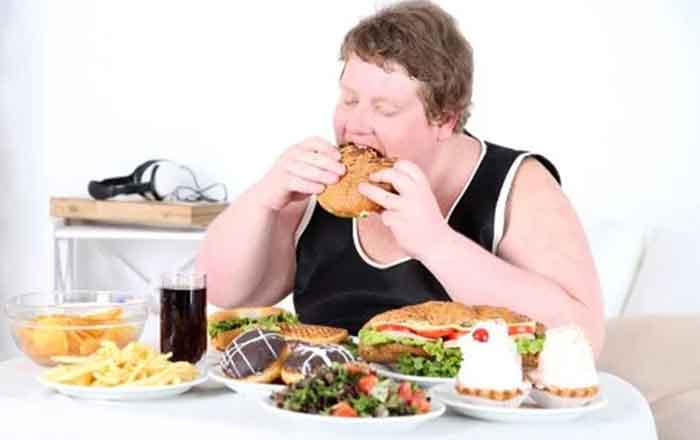Reynosa, Tam.-
Si nota que tiene mucha hambre y empieza a comer compulsivamente, un “atracón”, a ese se denomina trastorno de alimentación.
Empieza con un pedazo de pizza y al final se la termina toda. O bien pide un taco y acaba con una docena. Todavía le falta una rebanada de pastel de chocolate.
Los especialistas lo denominan un desorden, trastorno alimenticio o de conducta alimentaria.
Existen diferentes tipos de trastornos alimenticios, los más comunes son los atracones, pero hay diversos factores que pueden provocar este impulso imparable a devorar los platillos.
No se necesita un diagnóstico médico, pues la persona que lo padece sabe en qué condiciones se encuentra, pero probablemente no está consciente de la gravedad y hasta dónde puede llegar con sus hábitos alimenticios.
Las personas que hacen de ello un hábito, suelen comer demasiado incluso hasta sentirse incómodos, después de ello cargan con sentimientos de culpa y con frecuencia tienen aumento de peso.
La bulimia nerviosa es una de las consecuencias o bien usan laxantes, lo contrario es la anorexia nerviosa, con aquellos que evitan los alimentos, los restringen o ingieren cantidades muy pequeñas de ellos.
Pueden también verse a sí mismos con sobrepeso o están peligrosamente delgados.
La anorexia nerviosa es el menos común de los trastornos alimenticios, pero a menudo es el más grave. Tiene la tasa de mortalidad más alta de cualquier trastorno mental. (Con información de Angélica González)
……………..
Those ‘binge’ are disorders
By Jose Luis Montemayor
Reynosa, Tam.-
If you notice that you are very hungry and begin to binge eat, a “binge”, is called an eating disorder.
He starts with a piece of pizza and in the end, he finishes it all. Or order a taco and end up with a dozen. Still missing a slice of chocolate cake.
Specialists call it a disorder, eating disorder, or eating behavior.
There are different types of eating disorders, the most common are binge eating, but there are several factors that can cause this unstoppable urge to devour food.
A medical diagnosis is not needed, since the person who suffers from it knows what conditions they are in, but they are probably not aware of the seriousness and how far they can go with their eating habits.
People who make it a habit often overeat even to the point of discomfort, after which they carry feelings of guilt and often gain weight.
Bulimia nervosa is one of the consequences either they use laxatives, the opposite is anorexia nervosa, with those who avoid food, restrict it, or eat very small amounts of it.
They may also see themselves as overweight or dangerously thin.
Anorexia nervosa is the least common of the eating disorders, but it is often the most serious. It has the highest mortality rate of any mental disorder. (With information of Angelica Gonzalez)



